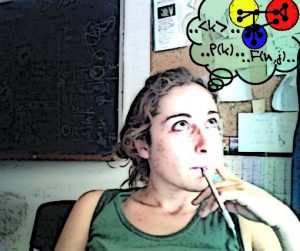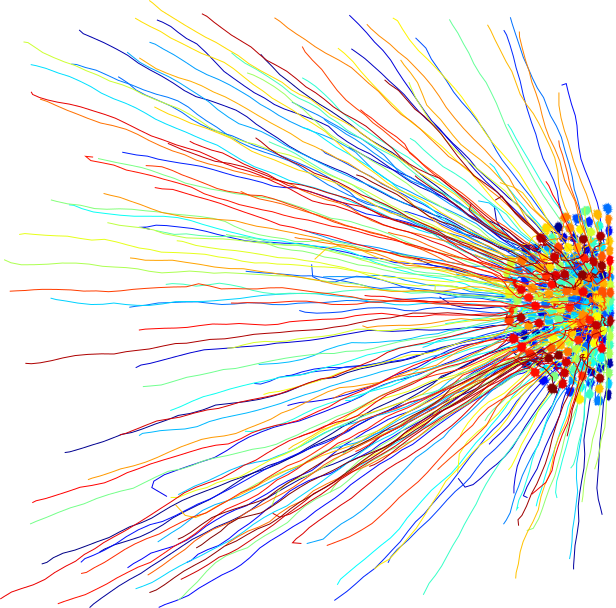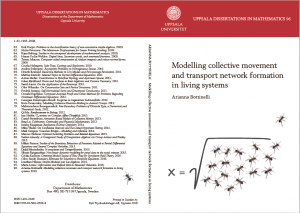 My name is Arianna Bottinelli and I am an applied mathematician with a background in theoretical physics and a deep fascination for human and animal collective behavior and any form of artistic expression.
My name is Arianna Bottinelli and I am an applied mathematician with a background in theoretical physics and a deep fascination for human and animal collective behavior and any form of artistic expression.
In 2016 I obtained my PhD in Applied Mathematics within the Collective Behavior Group and the Centre for Interdisciplinary Mathematics at Uppsala University, in Sweden.
My main research interest is the emergence of collective motion in high-density crowds and crowd disasters. I am also interested in the evolution and optimization of transportation networks in animals and human society.
During my first postdoc at NORDITA, the Nordic Institute for Theoretical Physics, in Stockholm, I developed new theoretical techniques inspired by physics that allow to understand and predict the emergence of density waves and collective motion in crowds. In 2019 I moved to Inria Rennes for a second postdoc in the Rainbow team. Here, I collaborated with experts in computer vision and crowd simulations to develop physics-based quantitative technologies for crowd safety based on my research.
I am interested in communicating science, especially through illustration and data visualisation, and in the relation between art and science.
Currently, I serve the physics community as Associate Editor in Nature’s Communications Physics. I handle manuscripts in complex systems, soft and active matter, complex networks, biophysics, and interdisciplinary physics in general.
In my spare time I dance tango, draw, paint, play guitar, travel around, read, and take up weird random projects, which most recently translates into brewing kombucha.
As both art and science are continuously evolving, also this website is permanently under construction.
Cover art: visualization of self-propelled particles’ trajectories in a 2D simulation inspired by human motion at rock concerts.

